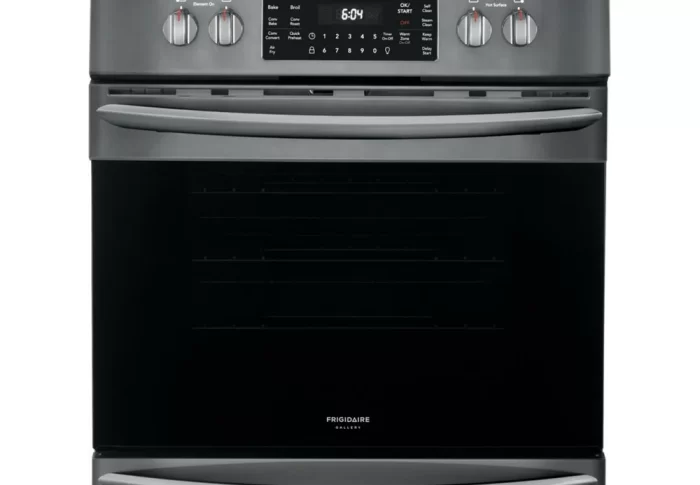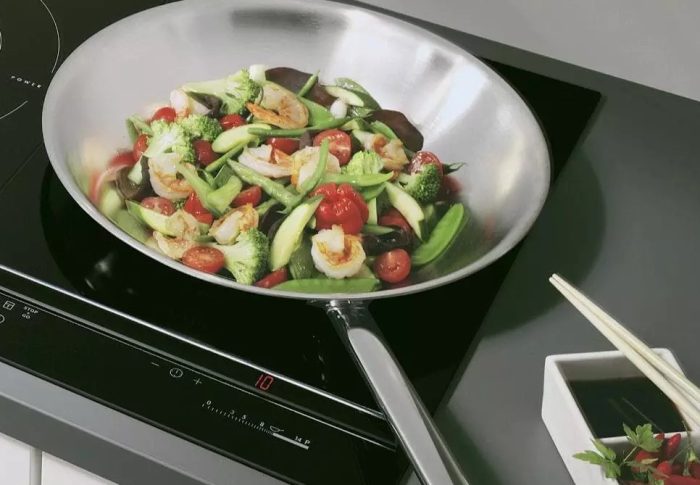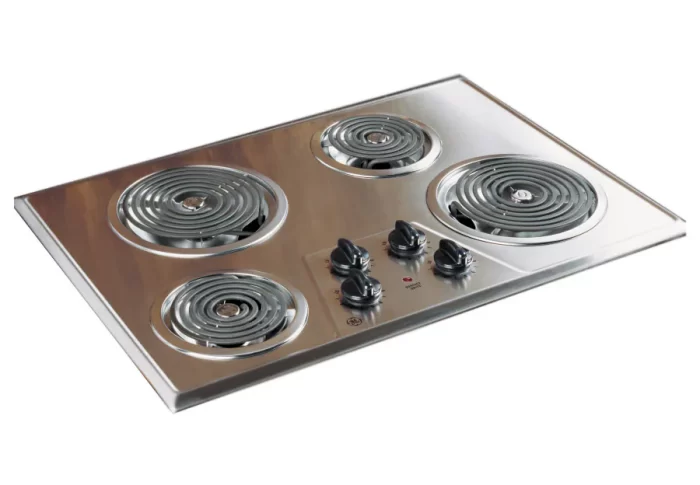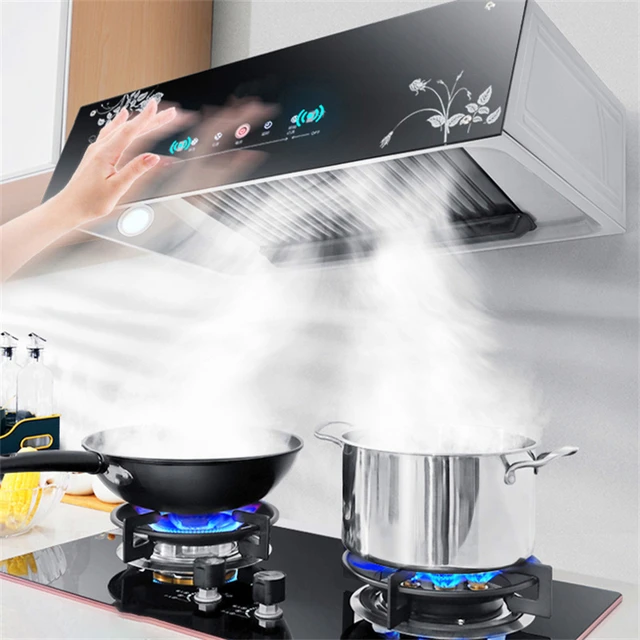
What is standard height for range hood?
Introduction
Range hoods play a vital role in kitchens by extracting smoke, odors, and airborne contaminants generated during cooking. When installing a range hood, it is essential to consider its height to ensure optimal performance and safety. In this guide, we will explore the factors affecting the standard height for a range hood, providing specific information on guidelines, considerations, and variations that may influence its installation.
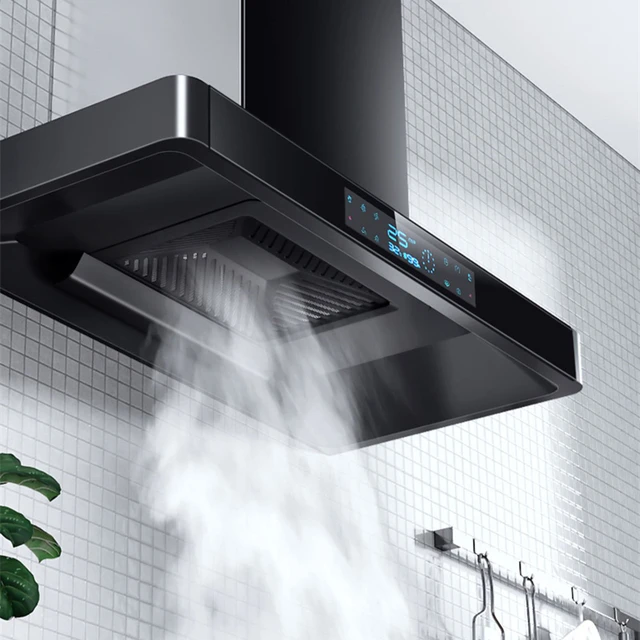
What is standard height for range hood?
Purpose of a Range Hood
1.1. Smoke and Odor Extraction
Range hoods are designed to capture and extract smoke, steam, grease, and cooking odors produced during the cooking process. A properly installed range hood helps maintain a clean and comfortable cooking environment by preventing these airborne particles from spreading throughout the kitchen.
1.2. Airflow and Ventilation
Efficient range hoods utilize ventilation systems to direct the captured contaminants outside the kitchen. This airflow helps remove excess heat, moisture, and airborne particles, reducing the risk of fire hazards, kitchen damage, and lingering odors.
General Guidelines for Range Hood Height
2.1. Recommended Minimum and Maximum Heights
Although specific height requirements may vary based on local building codes and manufacturer recommendations, there are general guidelines for range hood installation. The bottom of the range hood should typically be positioned between 24 and 30 inches (61-76 cm) above the cooktop surface.
2.2. Distance from Cabinet Bottoms
When installing a range hood beneath cabinets, it is advisable to leave a minimum clearance of 24 inches (61 cm) from the bottom of the hood to the top of the cooking surface. This clearance allows sufficient space to accommodate tall pots or pans without hindering the hood’s functionality.
2.3. Wall-Mounted Range Hoods
For wall-mounted range hoods, it is recommended to install the hood at a height that allows at least 24 inches (61 cm) of clearance from the stovetop surface to the bottom of the hood. This ensures effective capture of smoke and odors while providing adequate headroom.

Considerations for Determining Range Hood Height
3.1. Stove and Cooktop Configuration
The height of the range hood should be determined based on the specific stove or cooktop configuration. Consider the size and height of the cooking surface, taking into account any additional features or venting requirements. Gas stoves, for example, may have specific clearance requirements due to burner elevation or flame height.
3.2. Manufacturer Recommendations
It is crucial to consult the range hood manufacturer’s installation instructions and recommendations. Manufacturers often provide specific guidelines for their products, including recommended height ranges and clearance measurements. Adhering to these guidelines ensures optimal performance and safety.
3.3. Ventilation Specifications
The range hood’s ventilation requirements may influence its optimal installation height. Ducted range hoods, which vent to the outside, require specific airflow capacities and duct sizes to efficiently remove contaminants. Following the manufacturer’s recommendations for ducting and ventilation can help determine the appropriate range hood height.
3.4. Cooktop Types and Heat Output
Consider the type of cooktop being used and its heat output. Induction cooktops and electric cooktops typically generate less heat compared to gas cooktops. Higher heat output or open-flame burners may require additional clearance or specific guidelines for range hood height.
3.5. User Comfort and Safety
User comfort and safety are essential factors to consider when determining range hood height. Adequate clearance from the cooktop’s surface prevents users from accidentally bumping into the hood while cooking. It is important to ensure that the range hood does not obstruct the user’s view or create a hazard in the kitchen.
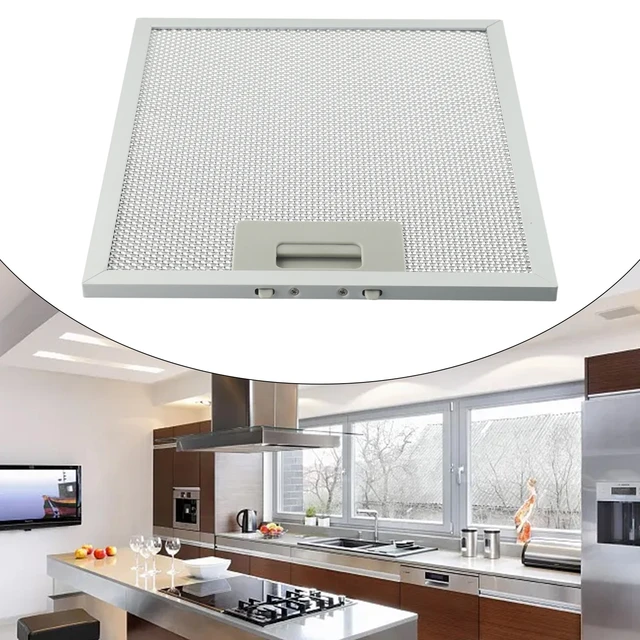
Variations and Factors Influencing Range Hood Height
4.1. Ceiling Height
The height of the ceiling plays a significant role in determining the range hood’s installation height. Higher ceilings may require additional clearance between the cooktop surface and the bottom of the hood to maintain effectiveness. Conversely, lower ceilings may necessitate a lower range hood height to ensure user comfort and safety.
4.2. Cooking Style and Frequency
The type of cooking performed and the frequency of use may also influence range hood height preferences. Individuals who frequently use high heat cooking methods or generate more smoke and odors may opt for a range hood placed closer to the cooking surface to achieve more efficient extraction.
4.3. Personal Preferences and Design Considerations
Personal preferences and design aesthetics can also affect the decision on range hood height. Some individuals may prefer a range hood mounted higher for a minimalist look or to maintain an open, unobstructed kitchen design. Others may prioritize optimum performance and choose a lower installation for enhanced extraction capabilities.
Professional Installation and Consultation
5.1. Hiring a Professional
Range hood installation can be complex, requiring electrical and ductwork expertise. Hiring a professional installer ensures compliance with building codes and manufacturer guidelines, as well as efficient and safe installation. Additionally, professionals can offer expert advice on the range hood’s appropriate height for specific kitchen layouts and cooking needs.
5.2. Consulting with Design Experts
Interior designers or kitchen specialists can provide valuable insights into determining the appropriate range hood height based on kitchen design and functionality. They can help ensure that the range hood integrates seamlessly with the overall aesthetics and functionality of the kitchen.

Adjustments and Modifications
7.1. Range Hood Height Adjustments
In certain situations, adjustments to the standard range hood height may be necessary based on specific kitchen requirements. For example, if the range hood is installed over a high BTU gas range, it may be recommended to increase the hood’s height to allow for proper ventilation and clearance from the high flames.
7.2. Range Hood Extensions
If your range hood’s height needs to be increased due to a higher ceiling or personalized preferences, range hood extensions can be utilized. These extensions are available in various lengths and can be used to extend the range hood from the standard installation height, providing suitable clearance and maintaining the range hood’s effectiveness.
Compliance with Local Building Codes
8.1. Building Code Regulations
It is important to comply with local building codes and regulations when installing a range hood. Building codes often include specific requirements regarding range hood installation, including the recommended height range. Familiarize yourself with the building codes applicable in your area to ensure the range hood is installed in accordance with regulations.
8.2. Consultation with Building Authorities
If you have any uncertainties regarding range hood height requirements or compliance with building codes, consulting with local building authorities can provide clarity. They can provide specific information and guidance concerning range hood installation, ensuring compliance with local regulations and safety standards.
Maintenance and Cleaning Considerations
9.1. Access for Cleaning
When determining the height of your range hood, consider ease of access for cleaning and maintenance purposes. A range hood installed too high may be difficult to clean, increasing the likelihood of neglected maintenance and reduced performance.
9.2. Grease Buildup and Fire Safety
Proper range hood installation height is crucial for effective capture and containment of airborne grease particles. Placing the range hood at an appropriate height minimizes the risk of grease buildup on surfaces surrounding the cooking area. Ensuring the range hood is installed according to recommended heights helps maintain fire safety standards in the kitchen.
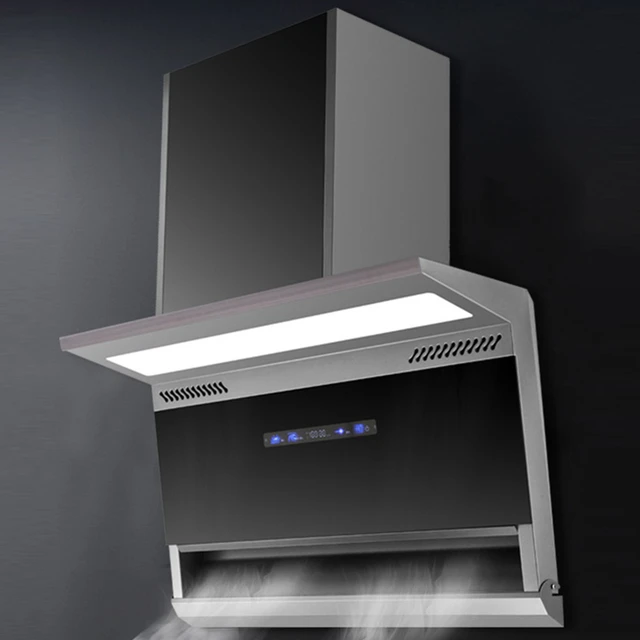
Conclusion
Determining the standard height for a range hood involves a combination of general guidelines and careful consideration of various factors. While a range hood height of 24 to 30 inches (61-76 cm) above the cooktop is commonly recommended, specific requirements may vary based on factors such as stove configuration, ventilation specifications, and user comfort. Adhering to manufacturer recommendations, local building codes, and consulting with professionals can help ensure that the range hood is installed at an appropriate height for optimal performance, safety, and aesthetics in the kitchen. Taking into account personal preferences, ceiling height, cooking style, and design considerations can further refine the decision-making process. By carefully evaluating these factors, individuals can determine the most suitable range hood height that best serves their cooking needs and enhances their kitchen environment.

